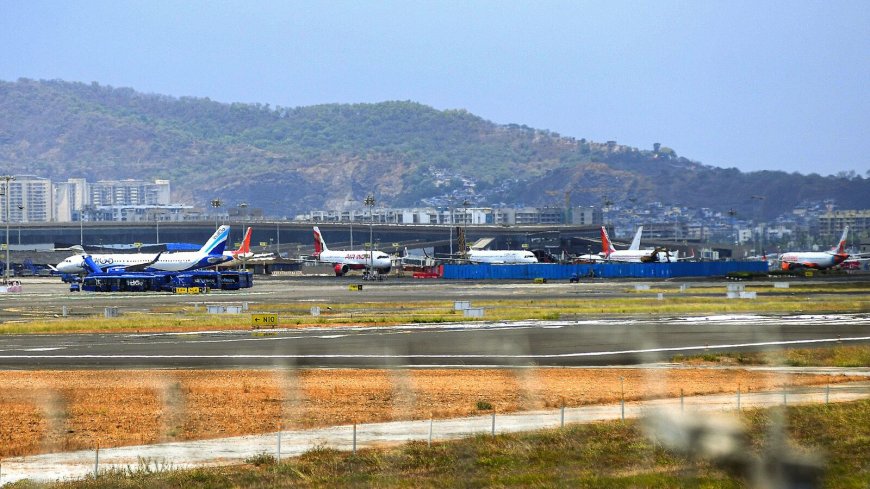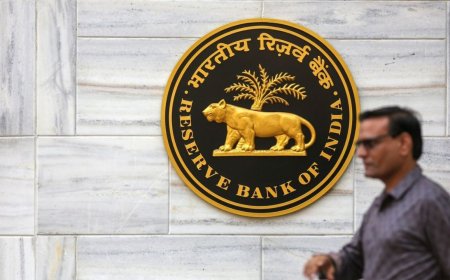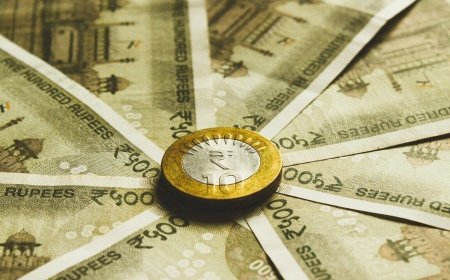Summer Getaways Get Costlier: Airfares Surge 10-15% Amid High Demand and Capacity Crunch
Airfares surge 10-15% this summer as Indian travelers face increased travel demand and limited airline capacity. Here’s what’s driving prices up and how long it may last.

Summer Getaways Get Costlier: Airfares Up 10–15% on High Demand, Supply Woes
Introduction: Summer Travel Turns Expensive for Indian Flyers
As temperatures soar across the Indian subcontinent, so are airfares. Indian travelers planning their summer vacations are facing a sharp 10–15% hike in domestic and international airfares, with popular routes seeing even steeper surges. This spike is being driven by a perfect storm: unprecedented demand, constrained airline capacity, supply chain disruptions, and seasonal tourism peaks.
With families eager to escape the sweltering heat and pent-up travel demand spilling over from early 2025, airlines are capitalizing on this moment, while passengers are left navigating higher ticket prices and limited flight options.
What's Causing the Surge in Airfares?
Airfare fluctuations are a function of both demand and supply—and this summer, both sides of the equation are skewed unfavorably for the traveler.
1. Exploding Travel Demand
The Indian travel ecosystem is experiencing one of its strongest summer seasons post-COVID. According to data from travel platforms such as MakeMyTrip and EaseMyTrip, bookings are up nearly 28% YoY, with top destinations including:
-
Goa, Srinagar, Leh, and Shimla (domestic)
-
Dubai, Singapore, Bangkok, and London (international)
This demand has led to a sharp uptick in prices, especially for last-minute bookings and weekend departures.
2. Limited Aircraft Capacity
While demand is roaring back, airlines haven’t fully restored their pre-pandemic fleet sizes. Moreover, supply-side constraints are being compounded by engine troubles, especially affecting aircraft powered by Pratt & Whitney engines, grounding a significant chunk of the narrow-body fleet operated by IndiGo and Go First (now defunct but still impacting leasing cycles).
3. Rising Jet Fuel Prices
Jet fuel, which constitutes nearly 40% of an airline's operational cost, has seen a notable rise in April and May due to global crude oil volatility. The IOCL aviation turbine fuel (ATF) rate rose 5.6% MoM, directly feeding into ticket pricing mechanisms.
4. Business Travel & School Holidays
Corporate travel has rebounded significantly in Q2 2025, coinciding with the school vacation season, which typically stretches from late April through early June. The confluence of both business and leisure travelers is placing additional strain on airline seating capacity.
Price Trends on Key Domestic Routes
Let’s take a closer look at how ticket prices have evolved this summer on major domestic routes:
| Route | Avg. Price (May 2024) | Avg. Price (May 2025) | % Change |
|---|---|---|---|
| Delhi to Goa | ₹6,800 | ₹8,000 | +17.6% |
| Mumbai to Srinagar | ₹7,200 | ₹8,500 | +18% |
| Bengaluru to Kochi | ₹3,600 | ₹4,100 | +13.8% |
| Kolkata to Port Blair | ₹5,900 | ₹6,750 | +14.4% |
Most travelers booking within 7 days of departure are paying even higher rates, with some premium economy seats reaching business-class pricing levels.
International Routes Are No Exception
International airfares have also seen a bump, with Middle East and Southeast Asian routes rising 12–18%, particularly due to higher inflow from the Indian diaspora and summer family vacations.
| Route | Avg. Return Fare (May 2025) | YoY Hike |
|---|---|---|
| Delhi to Dubai | ₹28,500 | +14% |
| Mumbai to Bangkok | ₹25,000 | +16% |
| Bengaluru to Singapore | ₹27,800 | +15% |
| Chennai to London | ₹69,000 | +11% |
Booking Patterns: Consumers Scrambling for Deals
In response to rising fares, Indian consumers are changing their behavior:
-
Advance Bookings: The booking window has increased from 14 to 24 days for domestic travel.
-
Low-Cost Carriers (LCCs): Carriers like Akasa Air and SpiceJet are seeing increased preference for budget options.
-
Red-Eye Flights: Travelers are opting for late-night departures to shave costs.
MakeMyTrip reported a 21% rise in red-eye flight bookings for May-June 2025, while Cleartrip noted a surge in tier-2 city departures like Lucknow, Coimbatore, and Bhopal.
Airlines Respond with Mixed Strategies
IndiGo:
India’s largest carrier is operating at near full capacity, but fleet limitations due to grounded aircraft have curbed its ability to ramp up frequencies.
Air India:
Has increased international routes under the Tata Group transformation plan, yet short-haul domestic coverage is not seeing new additions this summer.
Vistara:
Focused on premium flyers and business-class comfort, which is less price-sensitive but facing seat shortages.
Akasa Air:
The newest player is trying to bridge the gap in high-demand tier-2 cities, but limited aircraft (under 25 in total) is capping its growth.
Tourist Hotspots See Soaring Costs Beyond Flights
Flights aren’t the only thing costing more. Hotels, local transport, and even sightseeing services have increased their rates in sync with demand. A travel package to Kashmir or Andaman is now nearly 25–30% costlier compared to summer 2024.
Popular hotels in Goa and Shimla are running at occupancy rates above 90%, with minimal availability even on weekdays.
What Are Experts Saying?
“Airfares are rising not just due to seasonal demand but structural supply issues. Until fleet availability improves and oil prices stabilize, prices will remain volatile,”
— said Satyendra Mehra, Aviation Analyst at ICICI Direct.
“Travelers are advised to book 3–4 weeks in advance to avoid premium pricing. Expect fare stabilization post-June as demand cools and monsoons begin,”
— said Deepa Paul, VP, Cleartrip.
How Long Will This Last?
The fare hike may remain in place till mid-June, when summer vacation travel ebbs and monsoon rains dampen tourism. That said, industry insiders warn that structural pricing may remain higher than pre-pandemic norms for at least another 6–12 months.
Additionally, unless grounded aircraft are restored or new fleet deliveries begin in large volumes, supply will continue to lag behind demand, especially during peak travel periods.
Tips for Travelers: How to Beat High Airfares
-
Book Early – Ideally 21–30 days in advance.
-
Use Fare Comparison Sites – Utilize Skyscanner, Ixigo, or Google Flights.
-
Explore Alternate Airports – Try flying into Pune instead of Mumbai or Chandigarh instead of Delhi.
-
Avoid Weekends – Midweek flights are significantly cheaper.
-
Consider Combo Deals – Use hotel+flight packages which often offer discounts.
Air Travel Is Back—But at a Price
Summer 2025 is shaping up to be one of the most expensive travel seasons in recent memory. While the surge in travel demand is a positive sign for tourism, hospitality, and aviation recovery, it’s also a stress test for India's air infrastructure and pricing mechanisms.
With airlines walking a tightrope between profitability and accessibility, and travelers feeling the pinch, only a balance of smart policy intervention, supply expansion, and competition can ensure sustainable airfare levels in the future.
Until then, if you're planning a getaway this summer—book now or brace for a steeper climb in prices.
Summary Highlights:
-
Airfares up 10–15% for summer 2025
-
Strong travel demand and limited airline capacity driving surge
-
Jet fuel costs and grounded planes worsening the situation
-
Holiday packages, hotels also more expensive
-
Price relief expected post-June with onset of monsoon season
What's Your Reaction?
 Like
0
Like
0
 Dislike
0
Dislike
0
 Love
0
Love
0
 Funny
0
Funny
0
 Angry
0
Angry
0
 Sad
0
Sad
0
 Wow
0
Wow
0












































































